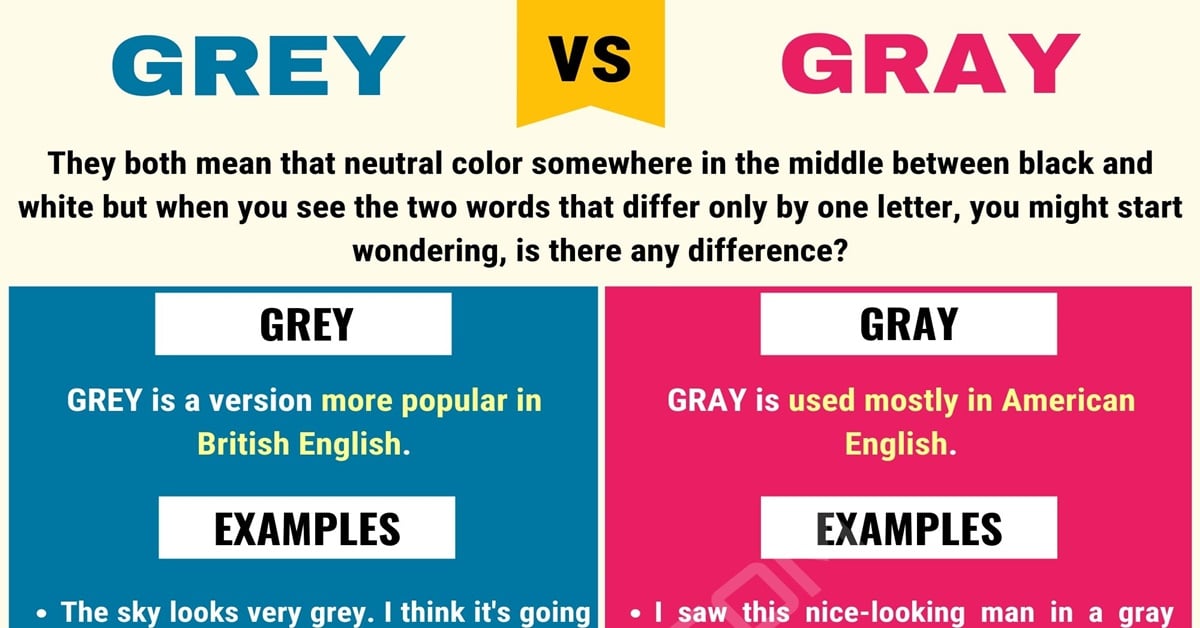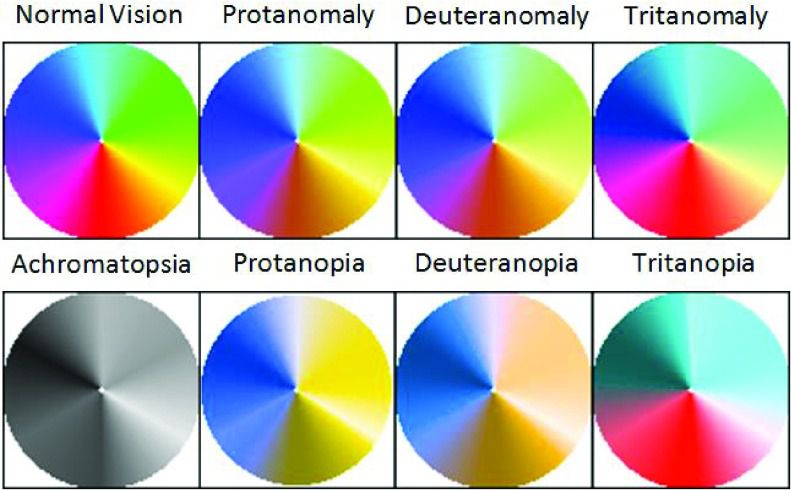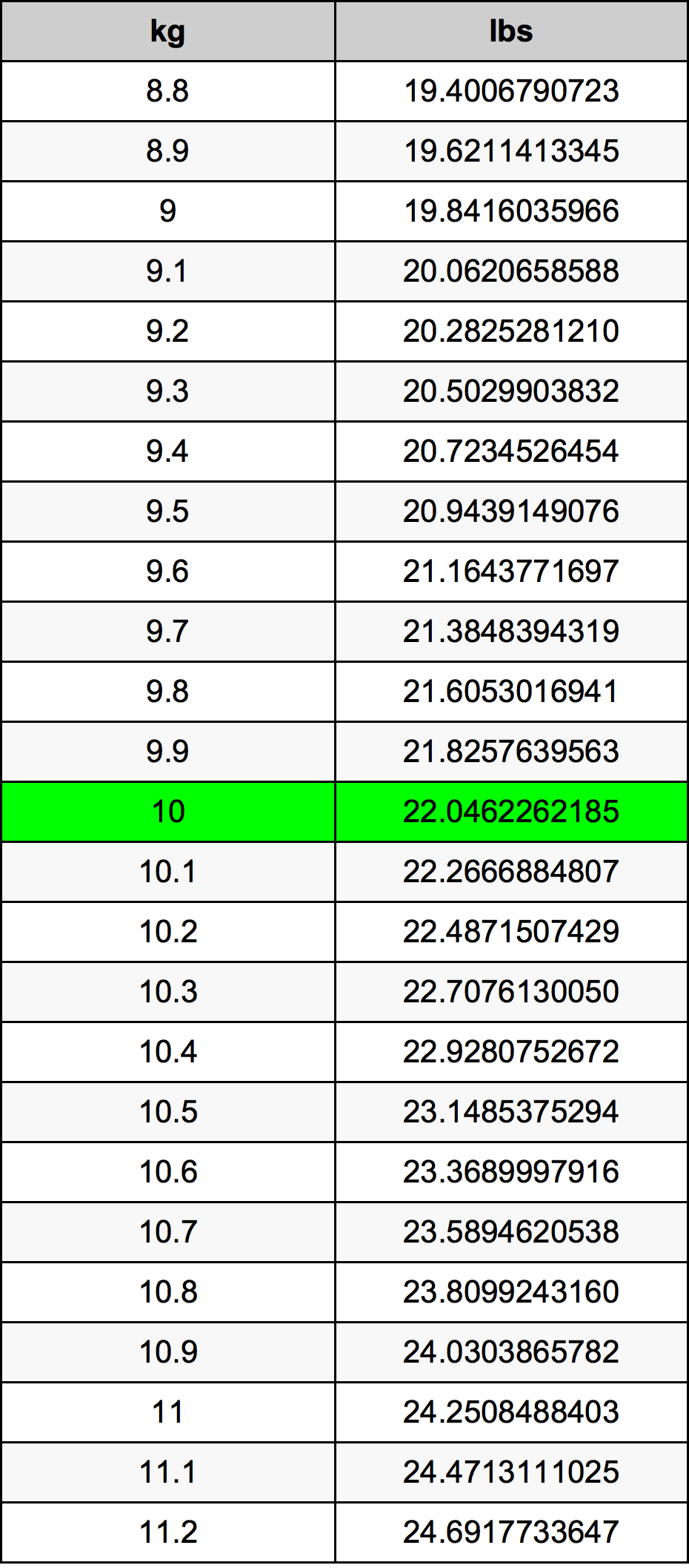Grey or Gray: Unraveling the Color Confusion

Have you ever found yourself staring at a color chart, wondering whether to choose grey or gray? You’re not alone. This subtle spelling difference often leaves writers and designers scratching their heads. Whether you’re crafting content, designing a website, or simply curious, understanding the distinction between grey and gray can save you from unnecessary confusion. Let’s dive into the nuances of these spellings, their origins, and when to use each.
The Origin of Grey vs. Gray: A Historical Perspective

The difference between grey and gray lies in their linguistic roots. Grey is the preferred spelling in British English, while gray dominates in American English. This variation dates back to the 19th century when lexicographers like Noah Webster sought to simplify American English spellings. Since then, grey has remained the standard in the UK, Canada, and other Commonwealth countries, whereas gray has become the norm in the United States.
📌 Note: Always consider your target audience’s region when choosing between grey and gray.
When to Use Grey vs. Gray: A Practical Guide

For informational-intent readers, here’s a quick rule of thumb:
- Use grey if you’re writing for a British or Commonwealth audience.
- Use gray if your audience is primarily American.
For commercial-intent visitors, consistency is key. If you’re branding a product or service, stick to one spelling to avoid confusing your audience. For example, a UK-based fashion brand might use grey in their marketing materials, while a U.S.-based tech company would opt for gray.
Grey or Gray in Design and Branding
In design, the choice between grey and gray can influence how your brand is perceived. Grey often conveys a classic, elegant feel, while gray can appear modern and sleek. When selecting color palettes, ensure your spelling aligns with your brand’s voice and target market.
| Region | Preferred Spelling | Common Usage |
|---|---|---|
| United Kingdom | Grey | Literature, Design |
| United States | Gray | Official Documents, Media |

Common Mistakes to Avoid

One common mistake is using both spellings interchangeably within the same document. This inconsistency can detract from your content’s professionalism. Another error is ignoring regional preferences, which can alienate your audience.
✍️ Note: Always double-check your spelling based on your audience’s geographic location.
Grey or Gray: Quick Checklist

- Identify your audience’s region.
- Choose one spelling and stick to it.
- Use tools like Grammarly or language settings in Word to ensure consistency.
- Research industry standards for your niche.
To summarize, the choice between grey and gray depends on your audience and regional conventions. By understanding these nuances, you can enhance your writing and design with confidence.
Is it ever acceptable to use both grey and gray in the same document?
+No, it’s best to stick to one spelling for consistency and professionalism.
Does the spelling affect SEO?
+While spelling itself doesn’t impact SEO, consistency and audience relevance do.
Can I use grey in American English or gray in British English?
+While not incorrect, it’s best to follow regional conventions to avoid confusion.
color variations, British vs. American English, branding consistency, regional spelling conventions


